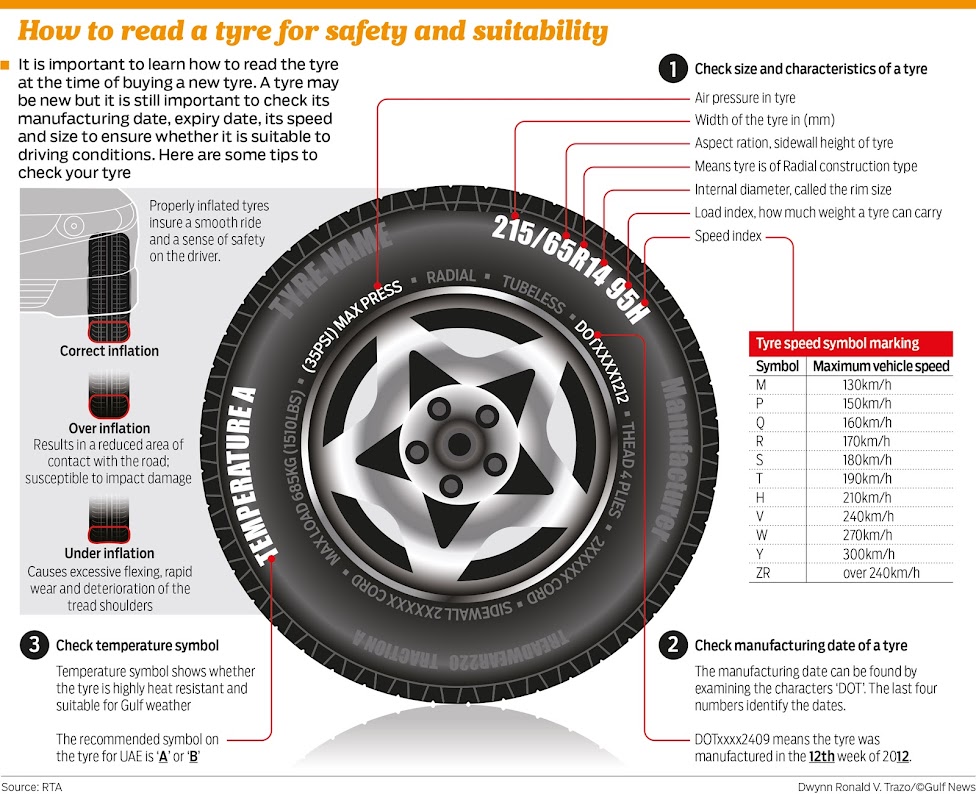Know your tyre and its expiry date
Often, when buying new tyres for a vehicle some of us end up
quickly buying the cheapest one available due to ‘pocket state’.
Some companies or dealers also put the tyres on special value,
and we might be the first ones to snatch it - thinking we are getting the best
deal. But it is important to note that every tyre has an expiry date, after
which it is supposed to be replaced lest it risks a blow-out!
The average life-span of a tyre from the date of manufacture is
averagely four to five years from time of manufacturing, though it also depends
on the make and brand as well.
Just imagine cruising in town or travelling for a beautiful
occasion or even funeral on quite a long journey - and then suddenly a tyre of
your vehicle explodes. You must maintain control and safely manoeuvre to the
side of the road. The tyres might be new, purchased a few months ago from a
local vulcaniser or tyre shop. I know you’ll wonder how this could happen after
the purchasing tyres and thinking of the approximate duration they should have lasted.
The fact is that all tyres have an expiration date. Astoundingly,
motorists and sellers of tyres also do not know much; and so they intentionally
import time-expired tyres without taking consideration of what could happen to
passengers and motorists.
An unacquainted consumer thinks he or she has purchased brand-new
or what we call ‘home-used’ tyres, when in reality those tyres may have been
sitting on the shelf for years - even though they may look new or just removed
from an accident vehicle.
Every tyre has a birth date—the day it was manufactured—and an
expiration date that is four to five years from the manufacture-date. Most
automobile manufacturers warn drivers to replace tyres after five years of
buying brand-new ones.
So, what can you as a driver do to protect yourself? When buying
new tyres, ask for the newest tyres available, and look at their manufacture-date.
The manufacture-date is a Department of Transportation (DOT) code of
10 or 11 characters embossed on the inside of the tyre (see image attached).
For new tyres, the code is always 11 characters. However, tyres manufactured
before the year 2000 have a 10-character code. Expiration dates for tyres
manufactured before 2000 were based on a 10-year scale because the expected life-span
of a tyre was 10 years. Current guidance suggests that tyres should be expected
to last a maximum of only five years.
The last four digits of the DOT code represent
the manufacture-date of the tyre. The last two digits refer to the year the tyre
was produced, and the first two digits identify the week number within that
year. The diagram shown indicates a brief of knowing your tyre.
It is unclear whether trailer tyres should be
replaced every five years, since they do not receive the same daily punishment
as other automobile tyres.




Comments
Post a Comment